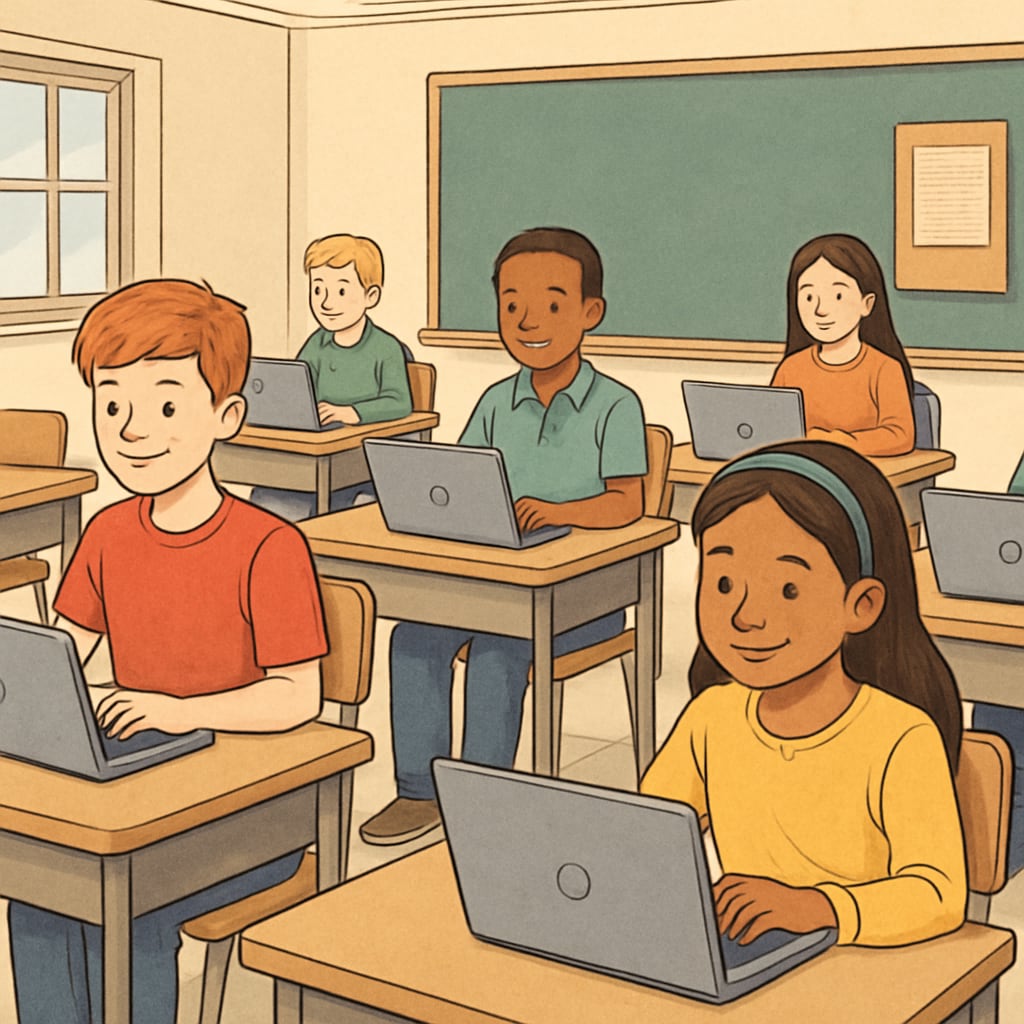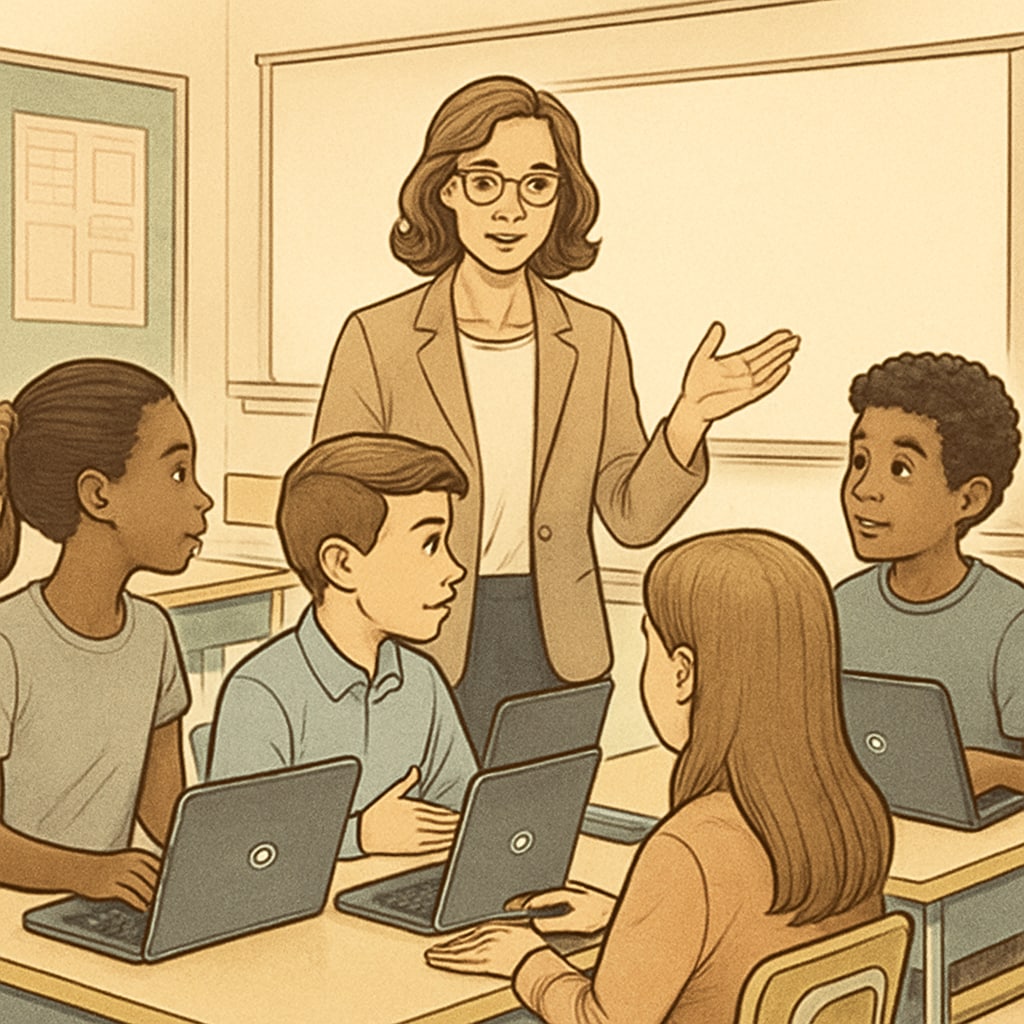Education technology, critical thinking, Chromebook, efficiency—these terms dominate the modern classroom, shaping how students learn and teachers teach. Tools like Chromebooks and digital apps have revolutionized education, offering streamlined workflows, real-time collaboration, and instant access to resources. However, this widespread adoption of technology raises an essential question: Is educational efficiency coming at the expense of students’ ability to think critically and deeply? While technology addresses logistical challenges, educators must ensure it does not overshadow the primary goal of education—developing lifelong learners with independent thought processes.
Efficiency vs. Cognitive Depth: The Dichotomy in Modern Classrooms
Education technology undoubtedly brings undeniable advantages. Chromebooks, for example, have transformed classrooms into digitally connected spaces, enabling teachers to assign tasks, monitor progress, and provide instant feedback. Moreover, platforms like Google Classroom and Kahoot have simplified administrative tasks, freeing up time for instruction. However, this emphasis on efficiency often leads to a surface-level engagement with materials. Students may rely heavily on pre-programmed algorithms or multiple-choice formats, which prioritize speed and accuracy over exploration and intellectual curiosity.
Consider critical thinking, a skill defined as the ability to analyze, evaluate, and create new ideas. True critical thinking requires students to grapple with complexity, question assumptions, and explore nuances—processes that are often bypassed by tech-driven shortcuts. For example, while a math app may help students solve equations quickly, it seldom encourages them to discuss the underlying principles or alternative approaches. This reliance on efficiency-focused tools risks turning students into passive consumers rather than active thinkers.

Finding Balance: Tools That Enhance Thinking Without Compromising Depth
Achieving a balance between embracing education technology and nurturing critical thinking requires thoughtful implementation. First, educators must intentionally design activities that encourage deep engagement. For instance, instead of relying solely on automated quizzes, teachers can incorporate open-ended questions and debates that challenge students to justify their answers. Furthermore, tools like virtual simulations can bridge the gap by offering interactive scenarios where students must make decisions based on evidence and reasoning.
Another key strategy is encouraging reflective practices. After using a Chromebook for a group project, students can write reflections on their learning process, discussing challenges, decisions, and insights. This exercise not only reinforces critical thinking but also emphasizes metacognition—the ability to think about one’s thinking.
Finally, professional development for teachers plays a crucial role. Educators must be trained to use technology as a supplement rather than a replacement for traditional cognitive practices. Workshops, peer sharing, and case studies can equip teachers with strategies to maximize the benefits of education technology while mitigating its risks.

Future Directions: Rethinking Education’s Purpose in the Digital Age
The tension between technological efficiency and critical thinking development is not an insurmountable challenge. By reevaluating the core purpose of education, schools can redefine how tech tools are integrated into learning. Education must move beyond the immediate goals of productivity and test scores to emphasize skills like curiosity, problem-solving, and ethical reasoning—all of which are essential for students navigating an increasingly complex world.
As a result, policymakers and educational leaders should prioritize frameworks that evaluate not just the accessibility of tools like Chromebooks but also their impact on cognitive depth. For example, assessments could include metrics for critical thinking and creativity alongside traditional performance indicators. Collaboration between tech developers, educators, and researchers can lead to innovations that support rather than undermine intellectual growth.
In conclusion, while education technology has undeniably enhanced classroom efficiency, its integration must be carefully balanced with the deeper goals of learning. Chromebooks and similar tools should function as catalysts for exploration and intellectual development, not as shortcuts to quick answers. By fostering environments that value both technological convenience and cognitive depth, educators can ensure that students emerge as critical thinkers equipped to thrive in the digital age.
Readability guidance: Use concise paragraphs and clear transitions to maintain flow. Incorporate lists where appropriate for summarizing strategies and ideas. Ensure evenly distributed use of keywords, minimizing repetition and focusing on variety.


